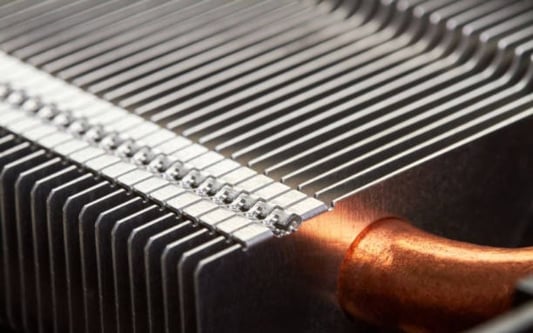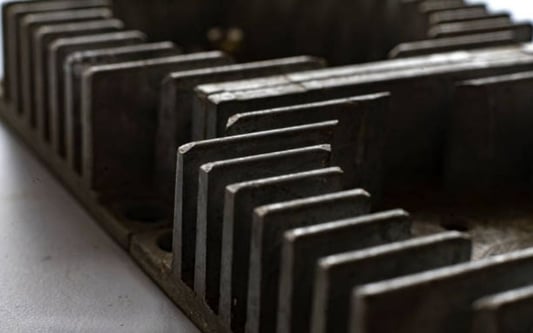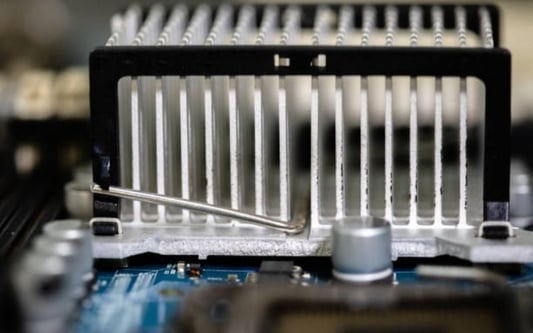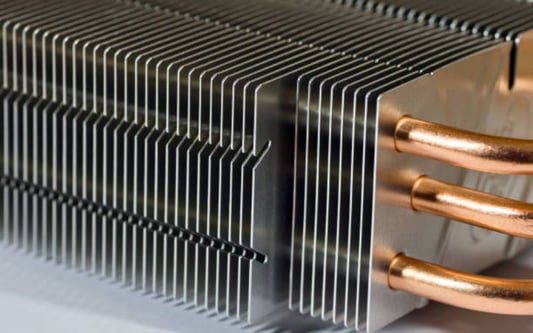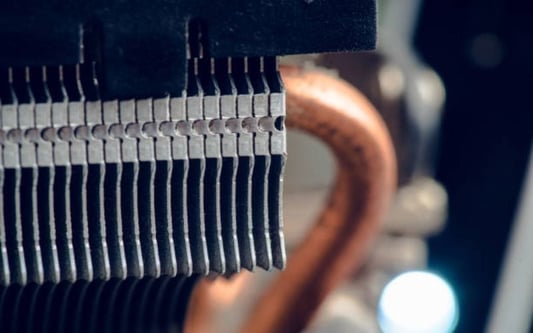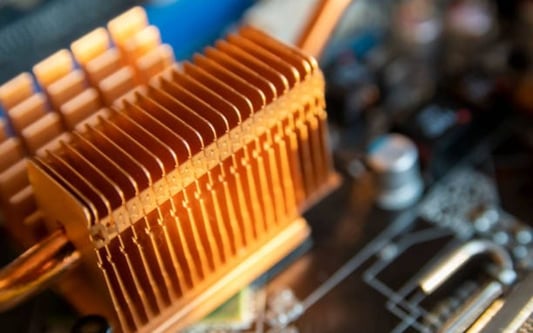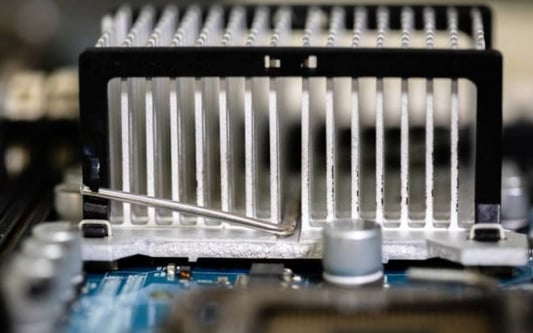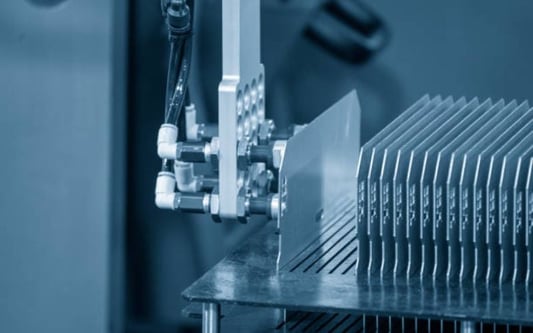Heat sinks are a crucial component in electronic devices as they help to dissipate heat generated from the operation of the devices, thus preventing overheating. They are made from various materials such as aluminum, copper, and graphite among others. But Are heat sinks electrically conductive?? Read on to find out!What Are Heat Sinks?A heat sink is a passive component designed to absorb and dissipate heat generated by electronic devices during operation. The heat sink transfers heat away from the electronic device to cool it down and prevent damage from overheating. It accomplishes this by increasing the surface area that is in contact with the surrounding air to facilitate heat transfer.The Materials Used in Making Heat SinksHeat sinks are typically made from metals such as copper and aluminum because they are good conductors of heat. Copper and aluminum, in particular, have high thermal conductivity, meaning they are very effective in transferring heat from the source. Additionally, some heat sinks are made from composites such as carbon fiber and graphite, which have lower thermal conductivity than metals, but are also good heat conductors.Are Heat Sinks Electrically Conductive?Yes, heat sinks are typically electrically conductive due to the materials they are made from. Copper and aluminum, which are the most common materials used in making heat sinks, are highly conductive to both heat and electricity. This means that if a heat sink comes in contact with an electrical component, it could potentially short out the circuit and cause damage to the device.The Importance of Insulating Heat SinksTo prevent heat sinks from causing accidental short circuits, they must be insulated from nearby electrical components. This is usually done by using insulating materials, such as mica, which act as a barrier between the heat sink and other components. Without proper insulation, a heat sink could cause a short circuit when it comes in contact with an electrical component, which could cause permanent damage to the device.The Impact of Heat Sink Design on ConductivityThe conductivity of a heat sink is influenced by its design. For instance, in some heat sinks, the metal fins may be coated with a layer of insulating material to prevent electrical conductance. Additionally, some heat sinks may have cooling fans that help to dissipate heat away from the device. This means that while heat sinks are generally electrically conductive, their conductivity can be mitigated by careful design and use of insulating materials.The Risks of Using Electrically Conductive Heat SinksWhile heat sinks are typically designed to ensure they do not cause accidental short circuits, there is always a risk of electrical conductance. If a heat sink comes into contact with an electrical component, it could cause a short circuit and damage the device. To minimize this risk, it is advisable to insulate the heat sink from other components, use non-conductive heat sink compounds, and ensure proper grounding of the device.The Benefits of Using Electrically Conductive Heat SinksDespite the risks associated with using electrically conductive heat sinks, there are also benefits to their use. The primary benefit is that they facilitate effective heat dissipation, which helps to prevent overheating and extend the lifespan of the device. Additionally, some heat sinks are designed to also serve as a physical barrier to protect the device from physical impact and external damage.The Role of Insulating Pads and Compounds in Preventing Short CircuitsTo prevent the accidental contact of heat sinks with electrical components, insulating pads and compounds are often used. These are materials placed between the heat sink and components to act as a barrier. The insulating pads and compounds are non-conductive, therefore preventing any electrical current from flowing between the heat sink and other components.ConclusionIn conclusion, heat sinks are crucial components in electronic devices responsible for dissipating heat and preventing overheating. While heat sinks are generally electrically conductive, there are several ways to mitigate the risks of short circuits, including careful design, proper grounding, and use of insulating pads and compounds.Quote InquiryContact us!



